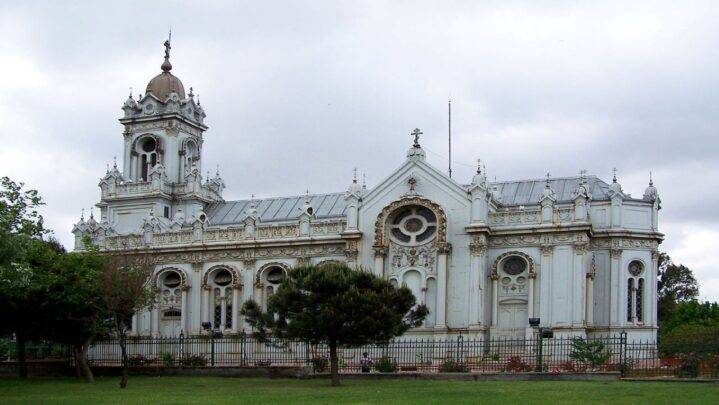Hagia Sophia
The Hagia Sophia, once the world’s largest church, was built as a Byzantine basilica in 537CE before being transformed into an Ottoman mosque in 1453. The Hagia Sophia has been a mosque since 2020, and it is still as lovely as the day it was completed. Non-Muslims are welcome to visit, but must dress suitably.
The Bosphorus
The Bosphorus, which stretches for 30 kilometres (19 miles), not only connects the Black Sea and the Mediterranean, but also divides Istanbul into two continents: Europe and Asia. This watery barrier, which houses ancient Byzantine and Ottoman fortifications as well as a combination of residential dwellings, is one of the world’s most important straits, making it ideal for a boat journey.
Basilica Cistern
With so much going on above ground, it should come as no surprise that Istanbul also boasts several very interesting locations below ground. The Basilica Cistern, which looks like something out of the Lord of the Rings movies, is a subterranean water reservoir beneath the Hagia Sofia. The 9,800sqm (105,000sqft) chamber is reached through a 52-step staircase and has 336 columns with the capacity to hold 100,000 tonnes of water.
Blue Mosque
The Sultan Ahmed Mosque, also known as the Blue Mosque because of its hand-painted blue wall tiles, is still a working house of worship. The mosque is one of only three in Turkey with six minarets the architect supposedly misheard the request for altn minareler (gold minarets) as alt minarets (six minarets).
Also Read: Checkout Ways To Improve Your Mental Health





